As with its predecessor, Lego Movie 2: The Second Part combines childish and satirical humor in such a way that teens can genuinely enjoy it and their younger friends can still follow along with the story, even if they don’t understand all of the allusions made in the film.
Lego Movie 2’s best thing going for it is the pace. A plot point in the narrative which keeps up the tension is an apocalypse constantly alluded to. While prophecies have a tendency to feel forced in typical stories, the use of the prediction works well in Lego Movie 2 because the universe is imaginary; there are no rules. Besides that omen, jokes assail the audience at a rapid clip, making repeat viewings enjoyable. The comedy ranges from allusions to the Matrix and Lord of the Rings to homages to real-life people like Bruce Willis and Associate Justice of the Supreme Court Ruth Bader Ginsburg to the various iterations of Batman throughout the 20th and 21st centuries. Anybody with younger siblings or friends can enjoy explaining something which may be common knowledge to them but obscure to those only a few years younger.
The relationship between older and younger siblings is a recurring theme in the film. This is a reiteration of the topic from the first Lego Movie, though in this case the fight is between brother and sister, not father and son. While the audience of 2014’s Lego Film is made to initially dislike Will Ferrell’s father character until the end when his son triggers a change of heart, the sequel pits the viewer against the son, now a teenager, in favor of the sister who just wants to play with him. What’s great about this reversal is it occurs gradually and is alluded to subtly and abstractly, until a dramatic, somber shift in tone at the climax.
While the real-life actors and actresses all do a great job (especially Maya Rudolph as the disgruntled parent who has an unfortunate knack to step on legos), the voice actors of the animated scenes are just as phenomenal in the sequel as they were in the original. Chris Pratt’s return as Emmet Brickowski from the first film is a welcome one, as are Will Arnett’s recasting as Batman and Elizabeth Banks’ character Lucy, a.k.a. Wyldstyle, not to mention Alison Brie, Charlie Day and Nick Offerman’s returns. Tiffany Haddish stars as the films (part-time) antagonist Queen Watevra Wa-Nabi. Her vocal inflexions sound naturally mischievous, and she maintains that slyness while singing too. Many other big-name actors like Ralph Fiennes and Jason Momoa also add to the sheer spectacle of the film.
The soundtrack of Lego Movie 2 is unabashedly self-referential and genuinely clever. “Gotham City Guys,” sung by Tiffany Haddish, is full of timeless pop culture allusions. It references contemporary celebrities and actors like Oprah Winfrey and Ben Affleck but also classic actors like Adam West and Michael Keaton. This encourages people unfamiliar with the references to look them up on their own time, which could lead someone to perhaps even watch something like Beetlejuice or the original Batman TV series. The “tween dream” remix of “Everything is Awesome” at the beginning of the film creates a little burst of nostalgia, and the sad reprise of the tune, “Everything’s not Awesome,” connects thematically in a really smart way to the mental state of the real-life humans playing with the toys.
The song which I’d argue deserves the most appreciation though is the one which plays during the end credits, “Super Cool”. I actually used to regularly watch Saturday Night Live, from perhaps 2008 to 2017, so hearing The Lonely Island rap while they break the fourth-wall in their lyrics made my jaw drop. The song gives the Portal franchise of video games a run for their money regarding whose end-credits song has the funniest lyrics. That said, this film might just take the proverbial, non-existent cake. It was a credit sequence that was better than I thought it would be to conclude a film that was smarter, wittier, and more enjoyable than I had thought it was going to be, and my expectations for the sequel were already lofty. If you can see this film and it’s predecessor, and especially if you have pleasant memories of those high-quality Danish building blocks, now’s as good a time as ever.




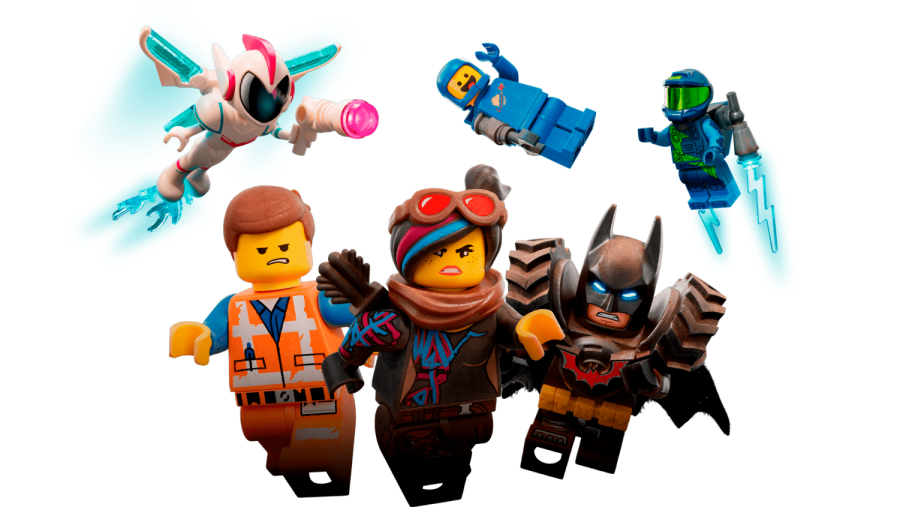


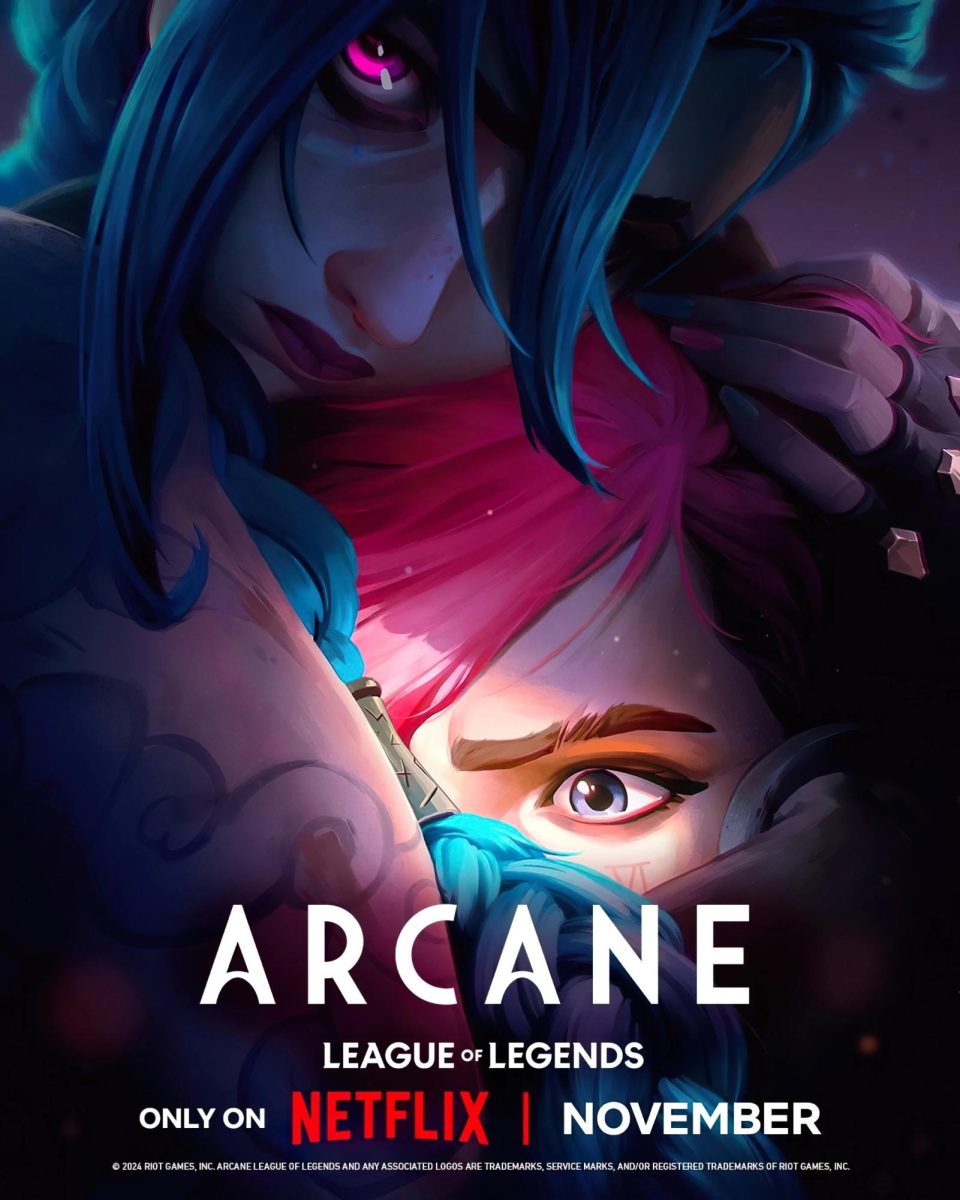


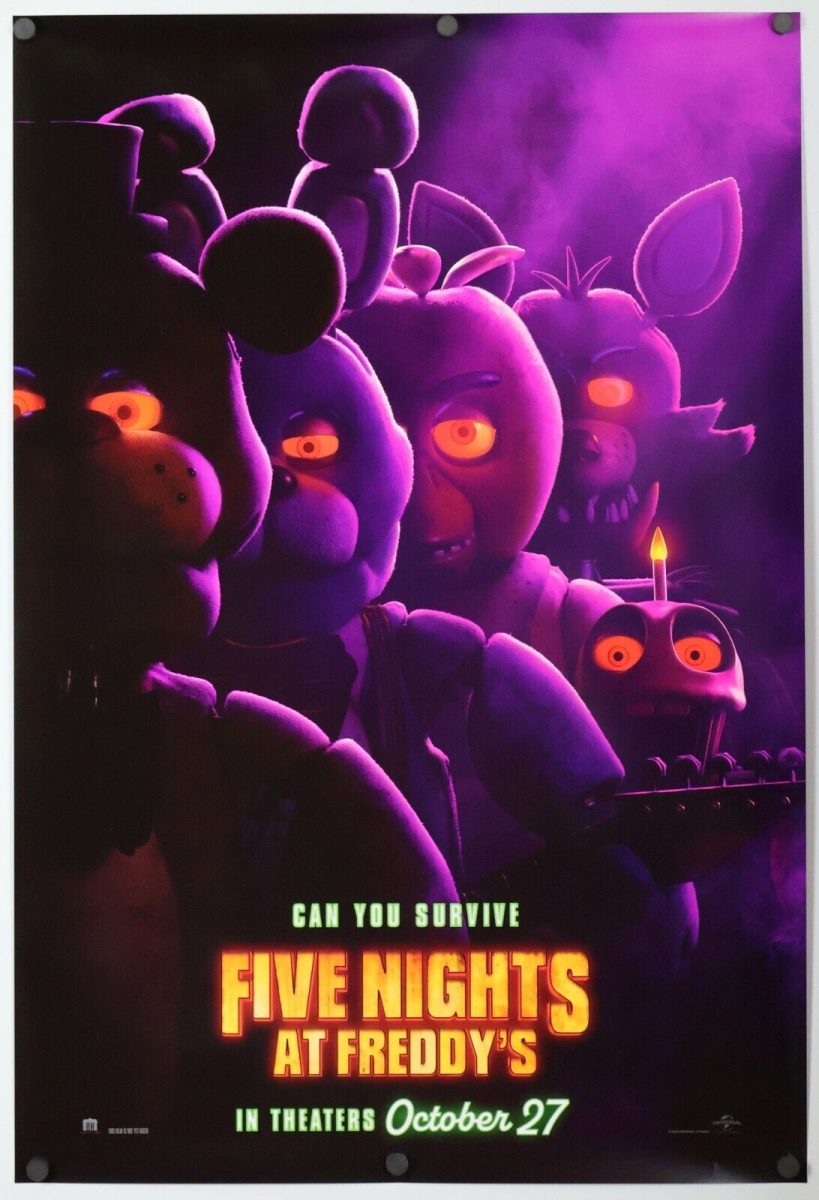
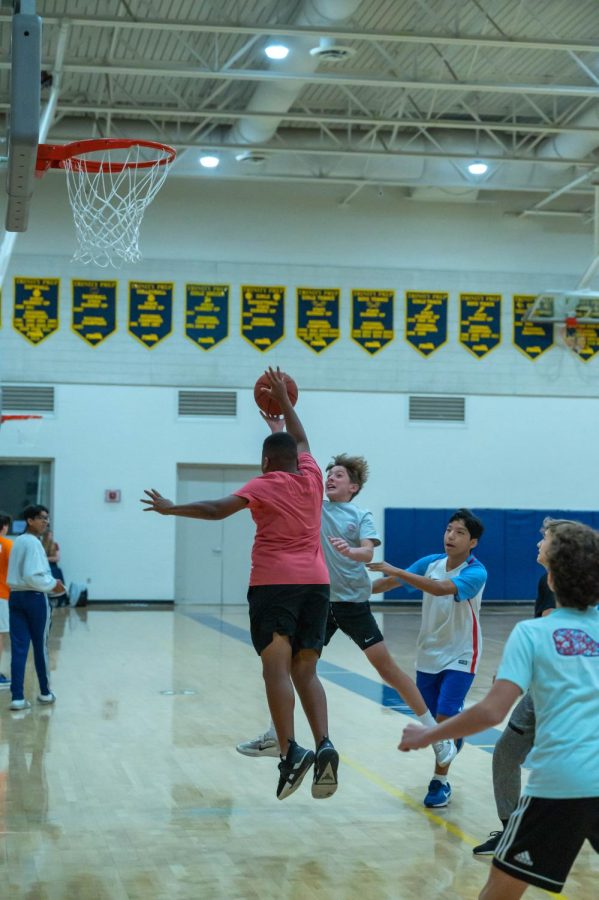
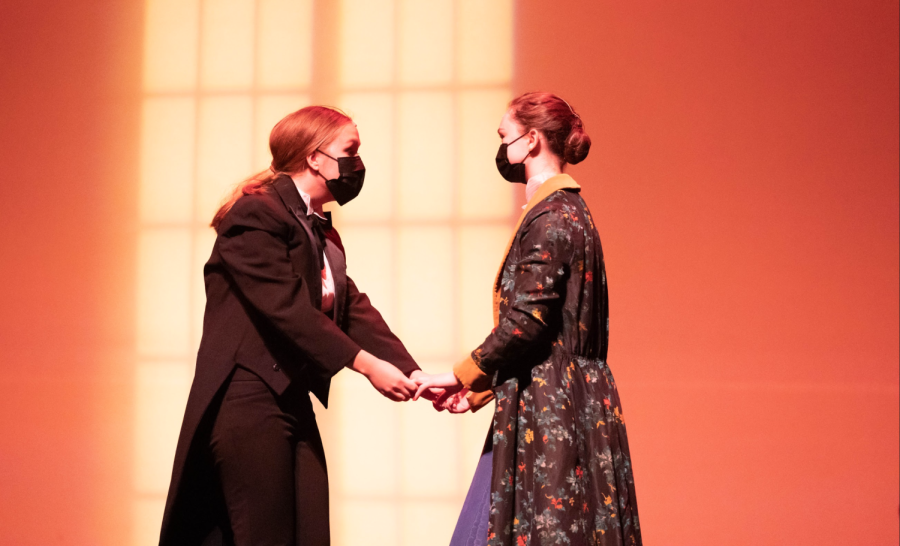
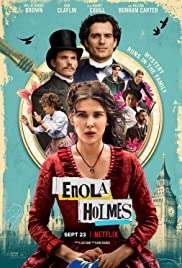


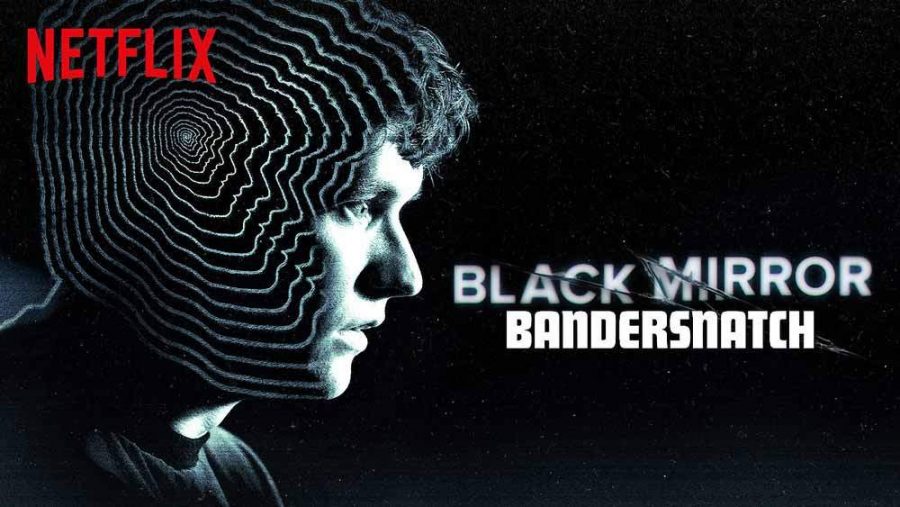

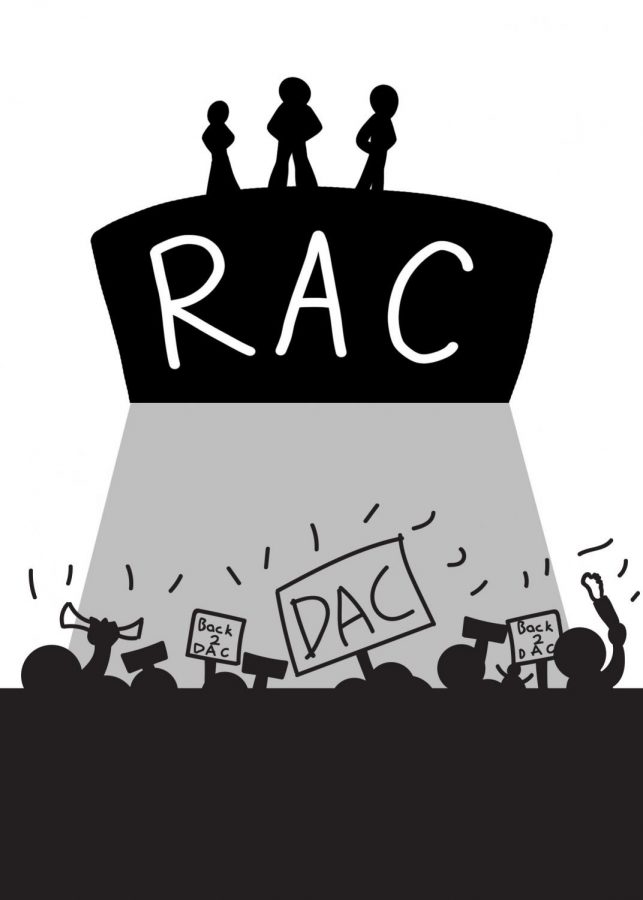
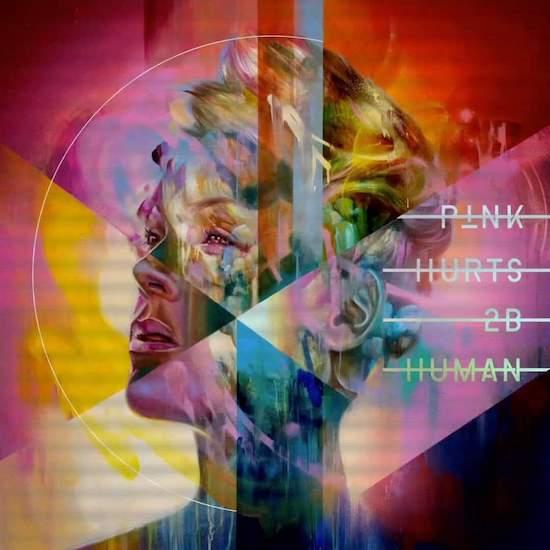

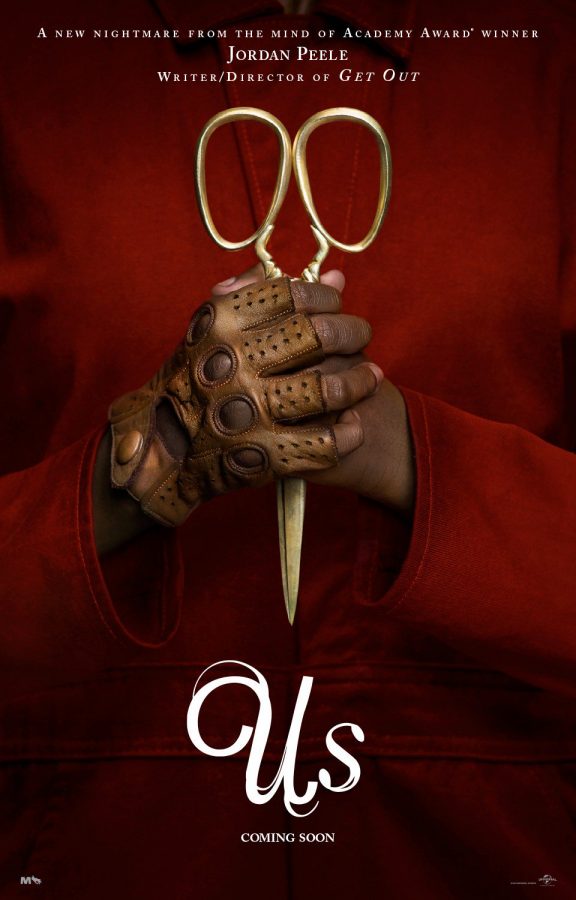
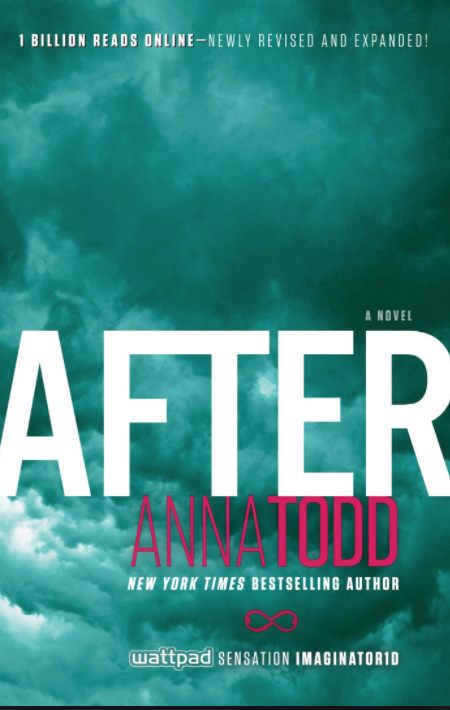
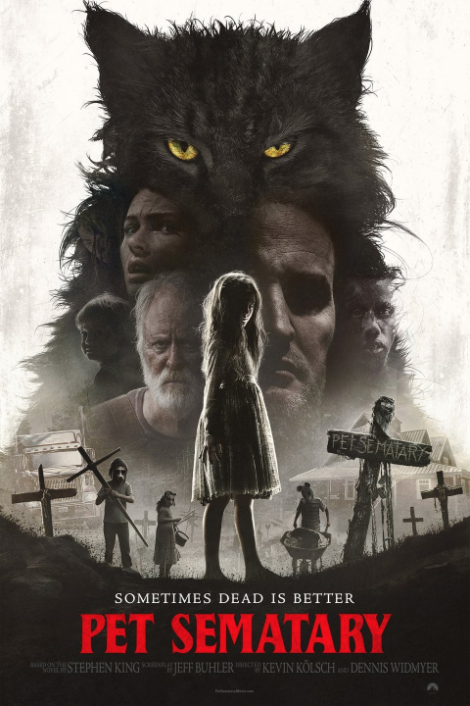
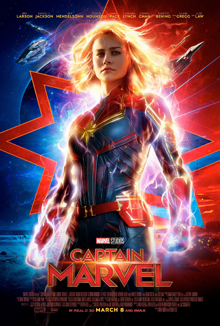
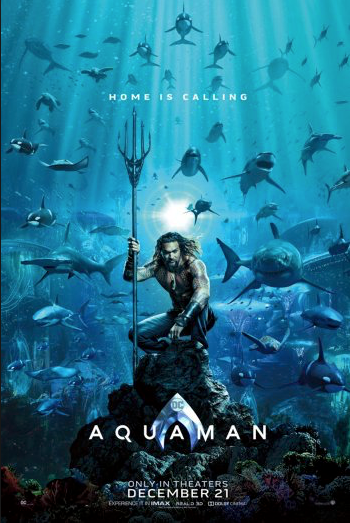

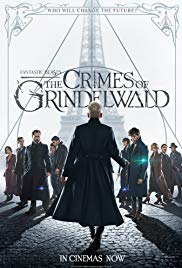

Sophia Bloom • Jun 5, 2019 at 7:05 pm
Heh, I did a review of that the same day!
https://oviedojournalism.com/3647/showcase/the-lego-movie-2/